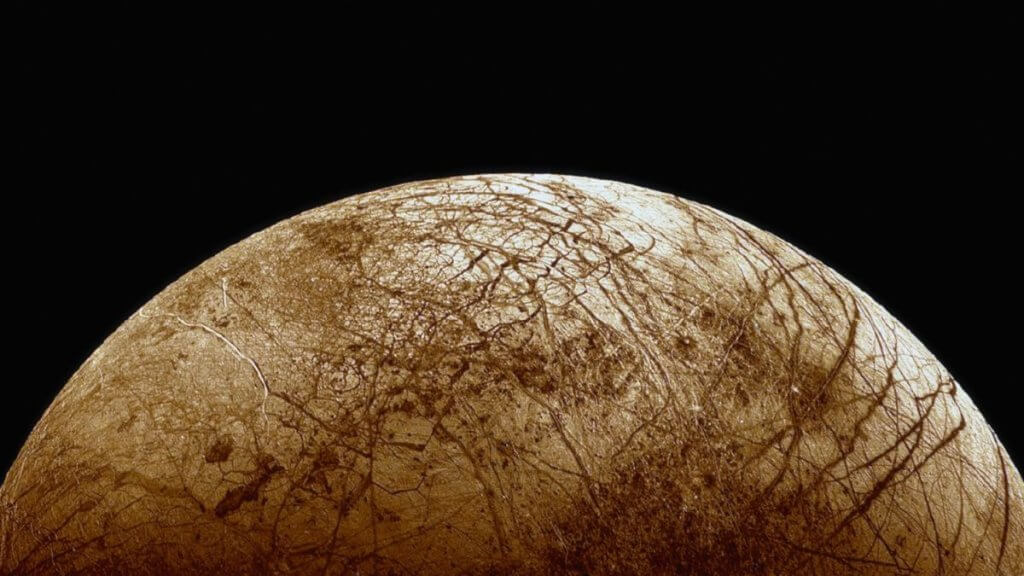
Melting ice cores on frozen worlds could speed up the search for alien life (Image Credit: Space.com)
Scientists are always finding new ways to search for life on other worlds, whether directly with chemical analysis or indirectly with satellite imagery. Such examples include the various moon and Mars landers and rovers, along with ongoing science being conducted from planetary orbiters. But what if we were able to search for life and better understand the history of these mysterious and intriguing worlds using ice deposits?
One such proposed technology is the Melter-Sublimator for Ice Science (MSIS), which as its name implies, examines ice cores for chemical, biological, and elemental analyses in hopes of not only providing a more detailed record of planetary bodies such as the moon, Mars, Europa, Enceladus, but could also allow us to better understand supernovas and space weather through the collection of cosmogenic nuclides, rare isotopes created by cosmic rays.
Proposed missions for ice core science isn’t new, with some suggested to drill or melt its way to its target. With MSIS, the purpose won’t be to drill or heat its way to a sample, but to process and examine the ice sample after it’s already been extracted.
Related: Europa: Facts about Jupiter’s icy moon and its ocean
“MSIS employs two methods for pre-processing ice cores: Melting and sublimating, which can be used in combination,” Alexander Chipps, who is an undergraduate in Mechanical Engineering at the Georgia Institute of Technology and lead author of the study, told Space.com in an email. “The Melter contains heating elements that when engaged allow the core to melt down through the Melt Head. The Melt Head was designed to separate the outer, contaminated core surface (due to ice core extraction and handling) from the pure inner part. The sublimator allows for pre-concentration of an ice core via applying the core to vacuum, which causes ice to turn into water vapor while preserving other contents of the core in a reduced volume. In its current state, MSIS requires manual ice core sample loading.”
The current design of MSIS allows for harboring ice sticks measuring 1.3 inches by 1.3 inches with the two primary components being the Melter and Sublimator. The Melter allows for individual access to the inner, middle, and outer core sections of the ice stick by dividing the ice stick into three cross-sections when melting, which ultimately mitigates likelihood for contamination. The Sublimator, which rests on top of the Melter, will be able to conduct in-situ analysis of materials or samples residues returning to Earth through a process called preconcentration. This will mitigate the complex processes that are traditionally required in both storing and returning large samples to Earth.
“To my knowledge, MSIS is the first ice core melter-type instrument to be designed with space environment operational considerations,” Chipps told Space.com in an email. “There is certainly more development to come, but I think MSIS technology could play a key role in the study of astrobiology.”

While the study mentions how MSIS “could contribute to Artemis 3 demonstrations” to include extracting oxygen and hydrogen from lunar ice for life support systems, Chipps notes that “there are no formal arrangements for MSIS technology to be included in a space mission.”
If MSIS is someday capable of achieving space mission status, the researchers believe it could be used to help us address fundamental questions about the geological and volcanic history of Mars or perform wet chemistry analyses on Europa or Enceladus.
For the time being, MSIS remains in the lab, but the researchers are already thinking of future designs for this unique ice processing device.
“Our next steps are to further characterize and improve the melter to better understand and optimize its performance,” Dr. Christopher Carr, who is an assistant professor in the School of Earth & Atmospheric Sciences at the Georgia Institute of Technology and a co-author on the study, told Space.com in an email. “To take this prototype to an actual space instrument will involve a number of steps common to most space instrumentation, including testing performance under the relevant extreme conditions (cold and low pressure or vacuum) and ensuring it will survive the rigors of spaceflight.”
“I think it is important to emphasize how multidisciplinary this project is,” Cassius Tunis, who is an undergraduate at the Georgia Institute of Technology and a co-author on the study, told Space.com in an email. “Our work includes contributions and considerations from Earth/planetary science, aerospace engineering, mechanical engineering, and biology to name a few. We hope this research can improve our collective understanding of Earth and other planets, and also make ice science more accessible for the varied research community.”
The research into the Melter-Sublimator for Ice Science (MSIS) is scheduled to be presented at the IEEE Aerospace Conference (opens in new tab) in March 2023.
Follow us on Twitter @Spacedotcom (opens in new tab) and on Facebook (opens in new tab).





